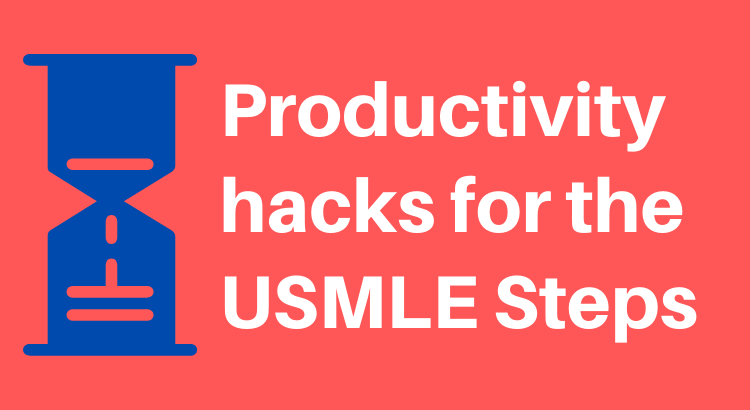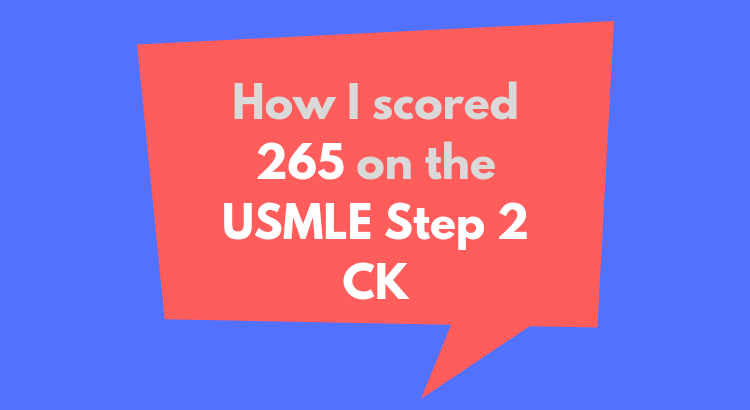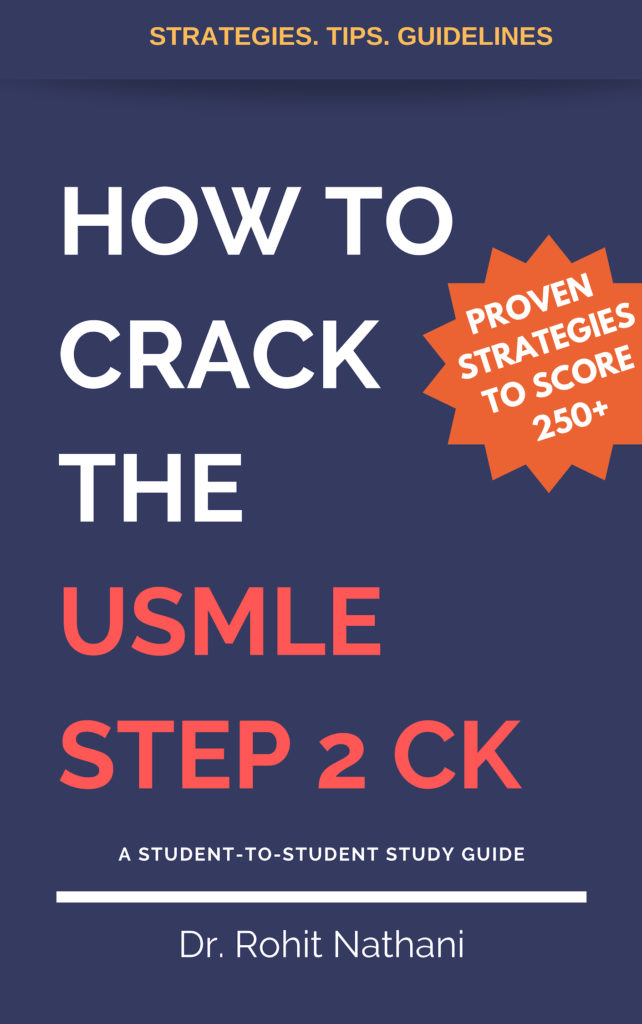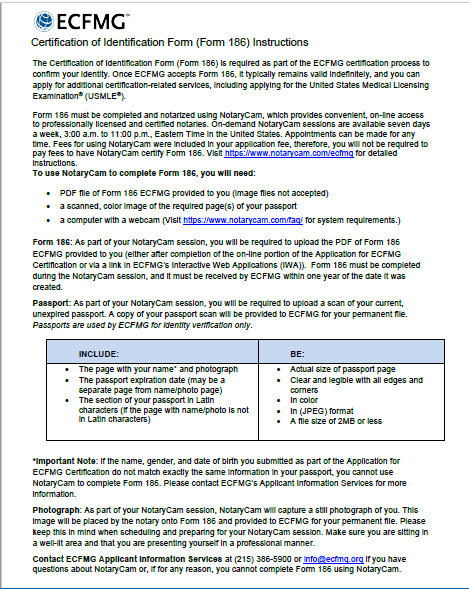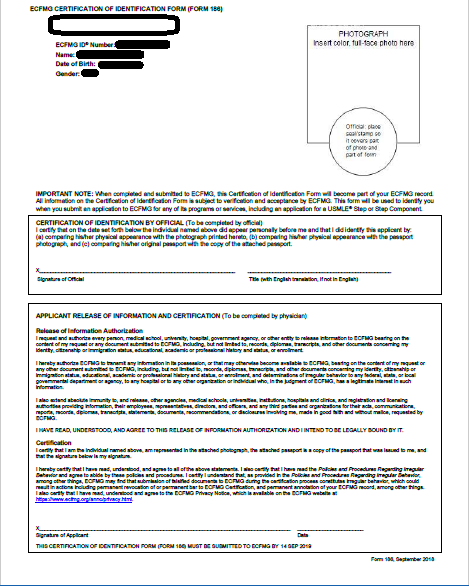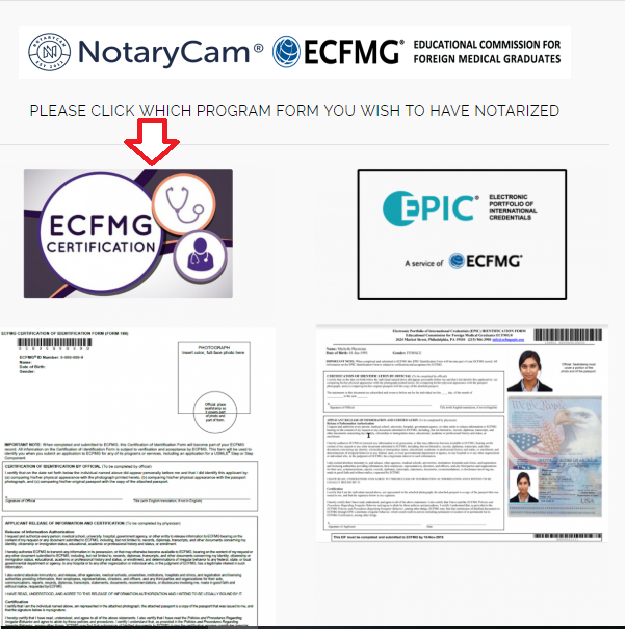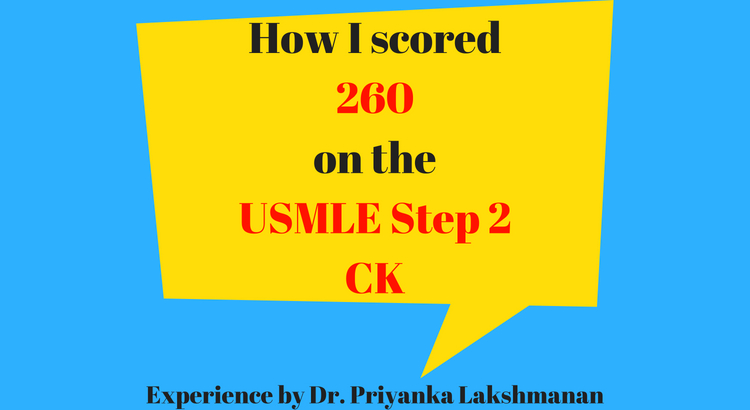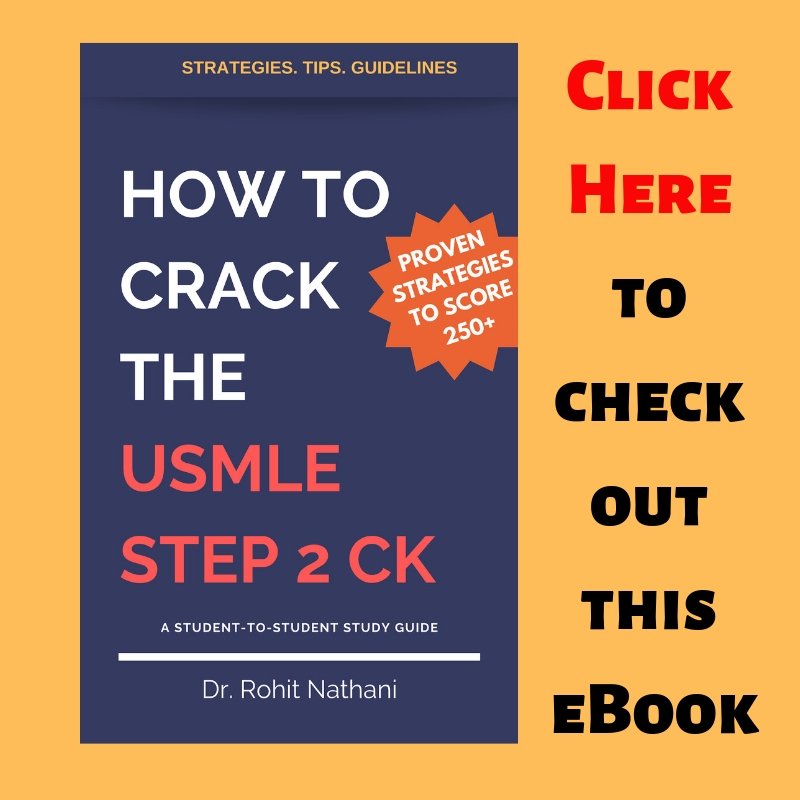Dr. Arjun Chatterjee is back with his USMLE Step 2 CK Experience where he tells us how he scored 266 on the USMLE Step 2 CK in 2020!
Background
Some of you might know me from my USMLE Step 1 guide, and for those who took the time to read the full article, you know that I am all about minute details.
So sit back and relax because I am going to take you through my Step 2 CK journey. Don’t worry, this won’t be as long as that Step 1 post, but hopefully detailed enough to answer most of your questions.
I took my Step 1 in 2016 (3rd year Part I MBBS a.k.a. Final Year Part -1), then before starting my internship, I went for my electives in 2018, gave Step 2 CS after my electives, and after completing my internship, I took my Step 2 CK in February 2020.
Perspective
Let’s talk about mine. So before beginning any journey, be it a visit to the Eden Gardens to watch a KKR vs. RCB T-20 cricket match or preparing for Step 2 CK, I like to plan. The best way I found is to ask others who have done it before.
Finding parking and transportation can be tricky at 11 pm coming back from Eden Gardens, but if you know which road to park your car in, then you’ll have no problems, while others will wait till 1 am to find some sort of transport. Planning and apprehension are critical! The same goes for Step 2 CK.
If you know what resources to use, and when to use, you’ll save a lot of time and hassle. I have been un-officially preparing for Step 2 CK since I took my Step 1 in 2016. I have read a countless number of posts asking to take the Steps back-to-back else we will run of the risk of doing poorly. At the same time, others will ask to take it slow. I believe that one should take it when they are prepared.
So the obvious question is why such a massive delay between Step 1 (2016) and Step2 CK (2020)?
Skip to the next section if you’re only here to know my resources! Follow the headings you’ll find what you’re looking.
As I said, I took my Step 1 in 2016 so that I could apply for my electives with the score and go before my internship starts. After my electives, I took my Step 2 CS, that too before CK and I passed.
Then after coming back from the US after doing my electives, I started my internship. Calcutta National Medical College (CNMC) has one of the cruelest internships in India.
Although we interns in West Bengal are paid highly compared to the rest of India (23k INR). We are expected to do the work of 5/6 nurses, one ward boy, and one doctor.
I had a reverse mini-culture shock after returning from the US, seeing the way work was done in our hospital. I had got used to EMRs and looking at X-Rays on computer screens. Now for a year, I was being asked to draw blood, fetch reports, take the patient for USG, X-Ray, etc. Go to the blood bank. You name it, I have done it.
And after that if time permits go for the rounds. I used to come back to my house only to sleep. I had lost count of days, weeks and months too I guess.
Did I enjoy it? YES I DID!
Would I trade it for anything else, like applying this year for Match 2020 -NO! I wouldn’t.
The experience which I gained from doing so many varieties of work, and getting to do so much made me humble. I started witnessing the miracle, which goes on in the hospital. From ward boys to security guards, nurses, PGY-1s – I could see a small ecosystem functioning on its own.
And no, I thought of doing an externship with less workload, but the way CNMC has tested me (insults from seniors, doing work which we’re not supposed to do, Work-Sleep-Repeat for months), I am feeling confident for my residency. That’s if I match amidst this Corona scene.
So, in short, I didn’t have time to breathe; forget studying. I still somehow managed to finish UWORLD for Step 2 CK once during my internship. I did it in a system-wise tutor mode, taking fundamental notes.
Once my internship got over, I started my primary prep; details follow.
What did I do?
In this section, I will try to point out the ideal way of doing things. I wish someone would have told me this while I was in my final year. It would have saved me a lot of time and money, which I spent scouting for ideal resources.
If you read the step 1 article, you know that I don’t believe in using 15 different resources when the same can be achieved using one or two.
So instead of mentioning what I did, I am going to tell you what you should.
Basic Read – To get your feet wet (to get an overall idea of the CK syllabus)
FACT CHECK – You should pick and choose what to do based on your situation. You might have three months to prepare for CK, or you might just be starting.
You’re in bad luck! Unlike Step 1, there isn’t a single sized shoe which fits everyone. There is no First Aid to save your ass this time. I have nothing against MTB or First Aid, but I don’t think they are high-yield enough or detailed enough to help you gather basic info.
OnlineMedED – This is what you should use for your final year prep. Dr. Dustyn Williams has spent countless hours recording these free high-quality, high yield videos. This is the best resource to get your feet wet, to know what you’re up against.
The main advantage of using this is you get an excellent but yet detailed overview of the syllabus. The back draw being it’s time-consuming. Someone planning to prepare for CK in only three months shouldn’t use this. Did I mention that the videos are FREE? Also, if you install an ad-block to your browser, the annoying ads stop playing. Do consider supporting his work. I bought a mug from his website; you should too!
First AID for Step 2 CK – As I said before, I don’t rate this book highly. Although I owned it, I never bothered using it. This cannot be compared with FA for Step 1.
Master the Boards (MTB) 2,3 – I bought these after my Step 1, as there is thus big rumor going around. “Study IM from MTB 2 and Paeds, ObGyn, Surgery from MTB3. In my humble opinion, these books are shit.
Dr. Conrad Fischer is one of my human idols. But somehow, I didn’t like the way the book is organized and was trying to feed me information. You should try this before taking my word for it. Maybe you might find it useful, who knows?
Step Up to Medicine – This book is a good book to follow if you’re one of those Goljan guys. I always preferred Pathoma over Goljan as it was concise and to the point. A lot less information to remember. I prefer to make my notes from Onlinemeded and study them instead of going through a 600-page book, and eventually forgetting what I read the week before. This can be a useful resource if used during the final year, but not for Step 2 prep.
Paul Bolin Videos – Like I said, I spend a lot of time researching resources. Dr. Bolin’s Youtube channel has one of the best video collections when it comes to preparation. BUT AT WHAT COST? TIME! If you’re in your final year, you should consider using this. Else SKIP. Not enough High Yield for CK. I remember doing his Ob-Gyn videos during my final year.
Pestana Surgery Audio Lectures and Book – This is a must for most people. Do this, it won’t take you much time! Indians teach surgical methods in college instead of why an invasive procedure is being done. Even if you have a gold medal or honors in surgery, it won’t matter, as you won’t be asked the steps of excision of a sebaceous cyst, rather when should you intubate. The why is always more important than how. Once you know the why, the how is a piece of cake. Sadly “how” is what is taught, and not the why!
In summary, if you’re having time crunch, use Onlinemeded. Do it wisely. See where you stand. Are you an IMG practicing pathology for 15 years in Delhi, and now want to apply for residency in the US? You might need to watch the OB-Gyn, and Surgery videos! Play these at 1.5 speed and make your notes.
You might want to try MTB/FA for CK and see if you like it.
Advance Read – To nail the coffin (to prepare for CK)
UWOLRD – If you want to prepare for CK, you should do only one thing, and i.e., UWORLD. Like every other test taker, I am vouching for UWORLD being the highest yield resource. I did it twice. Once during my hectic internship days, and the second time during my dedicated prep.
A lot of people will tell you to do UWOLRD, but seldom people guide you on how you should use it. I found that doing Tutor-mode System wise 1st time is the highest yield.
Take your time to solve questions, read explanations immediately, and hammer them in your head. Make small notes of why you got the question wrong, instead of copying the whole screen.
2nd time do it in Timed-Random mode. Read the answers after you’re done with a block. Two things which I found extremely useful while solving UWorld is reading the last line of the question first to create an idea of what the problem is about, and the 2nd being reading the Educational objective at the end. Knowing the answer to the question is important, more important is to understand why the question is being asked in the 1st place.
If you’re one of those HOT-SHOTS, Know it all kind of chilled dude who will score 260+ with three months prep. Do Uworld twice; I am not that SMART, I guess!
UpToDate – This is the go-to resource. Long gone are the days when we used to quote “Harrisons 17th ed page 308 para three, 2nd line, 4th word”. Uptodate is the new Harrisons/Davidsons/anysons. It is one of the best resources out there. All the latest medical research is regularly incorporated into it. You’ll be surprised to see the similarity between Uworld and UpToDate.
Whenever you have a doubt, goto Uptodate, look up the topic. Now let me tell you how I used UpToDate. Read the summary section first. Then CNTL+F “Find function” your exact doubt. That way you’ll spend less time reading about stuff which you don’t need. Remember to use your time wisely. Read what you need, ignore the rest.
There are several ways of using UpToDate. Buy it, use a VPN to connect from Norway (Norway people have free UpToDate), apply for a free UpToDate account at better evidence, ask your friend who went for their elective in the US to set you up with a three-month free account.
AMBOSS Library – Amboss has both an online library and a qbank. Let’s talk about the library first. The main advantage AMBOSS has over UpToDate is that it’s exam-focused. It’s quite detailed but free. I used to search google “topicname_space_amboss” for e.g. “sunscreen spf amboss”. Use a pop-up blocker to get rid of that annoying overlay.
AMBOSS QBank – Having used UWolrd twice, and being well-versed with my own notes, I wanted to try something new. AMBOSS QBank is a lot more complicated than UWorld. It hammers in points and tests the depth of your knowledge. Do only if you have time. If you’re confused between the 2nd time of Uwolrd and Amboss qbank. Do UWORLD twice until you know it by heart.
CMS Forms – These are probably rejected/old USMLE questions, which didn’t make it into the real exam, so that have rebranded these as CMS Forms. I did Medicine, Surgery, Paeds, Neuro, Ob-Gyn, Psych forms, and made my notes for the questions that I got wrong (1200+ questions).
The questions which you’ll get wrong are the ones you have zero clues about. But these are very few. It’s not high yield, but for the perfectionists. I will repeat myself once again, to make it very clear.
Do only if you have time. If you’re confused between the 2nd time of Uwolrd and Amboss qbank. Do UWORLD twice until you know it by heart. If you’re unsure on which forms to do, see your weak areas and do those. My surgery was relatively weak.
NBME Forms – I did NBME form 7. NBME 7 – 264. I recommend taking an NBME before your real exam.
UWSA 1,2 – This is gold when it comes to predicting your score in the real deal. I don’t know what witchcraft they’re practicing in UWOLRD HQ, but UWSA 2 is the best predictor for CK out there. I got UWSA 1 – 271, UWSA 2 – 266. I took both of them on the same day, one week before my exam, to fire up my brain. The UWSAs are difficult and vague. Don’t worry if you get questions wrong. Most of us will. Save UWSA for the last few weeks!
Step 1 material – you should revise your Biostats from Step1 and if you have the time to do the UWorld Biostats review. I am quite well versed with my step 1 knowledge even after so many years, so I didn’t feel the necessity to revise from First Aid for Step 1. If you’re feeling a little low on the pharma and micro goodness, give it a quick read.
How much time will you need?
It depends on you, your goals, you timeline. Some will do everything within three months and be happy with a high 240s low 250s. Then there is the opposite end of the spectrum where I belong. So it’s totally up to you. NBMEs and UWSAs will tell you if you’re ready or not. Not me!
How should I prepare for this exam? Give me a summary, dude!
If you’ve around three months – Do Uworld twice. Properly! Consult AMBOSS library, UpToDate, as you prepare. Give an NBME, take UWSAs. You should be good.
If you have around 4-6 months – Do OnlineMedEd videos, take notes; UWorld Solve Tutor mode-Systematic 1st pass; UWolrd Solve Timed mode-Random 2nd Pass. Take relatively detailed notes during pass 1, and exactly why you got the questions wrong during 2nd pass. Consult AMBOSS library, UpToDate, as you prepare. Do CMS forms (areas where you’re weak). Give an NBME, take UWSAs. You should be good.
If you’ve >6months – Get a life. There is more to life than USMLE! Just kidding. Refer above, follow what I did!
With that, I come to the end of this thread. I would like to thank all the kind souls who stood out from the rest and helped me in my prep. I hope that beneath my arrogance and warped sense of sarcasm, you’ll find this post helpful, and share your knowledge with someone else.
I know what it feels like to be helpless; that’s why I put so much time and effort into writing these posts. Every week I have someone contact me on Facebook and ask me about USMLE. Not bragging, but just pointing that apart from the selected few institutes in India, Pakistan, Egypt, Lebanon, Jordan, Chile where giving USMLE is shared by batches over the years. Where seniors share their materials with juniors, there are many out there, ordinary students, just like me, who are hungry for some sense of direction. This post is dedicated to them!
About the author – Dr. Arjun Chatterjee
“I completed my MBBS and internship from Calcutta National Medical College. Having taken all steps and done my clinical electives, I plan to apply for residency in the United States of America (Match 2021). Right now, I am working as a Research Trainee in the Dept of GI at Mayo Clinic, my research interest being pancreatic cancer.”
Ask the author your questions using the comments section below.
Liked this post ? Share it with your friends on social media!
This blog is made by imgs for imgs, so help out your friends by sharing your USMLE experiences. You can fill out the form on the Contribute Page or email us at theindianmedicalstudent@gmail.com.
